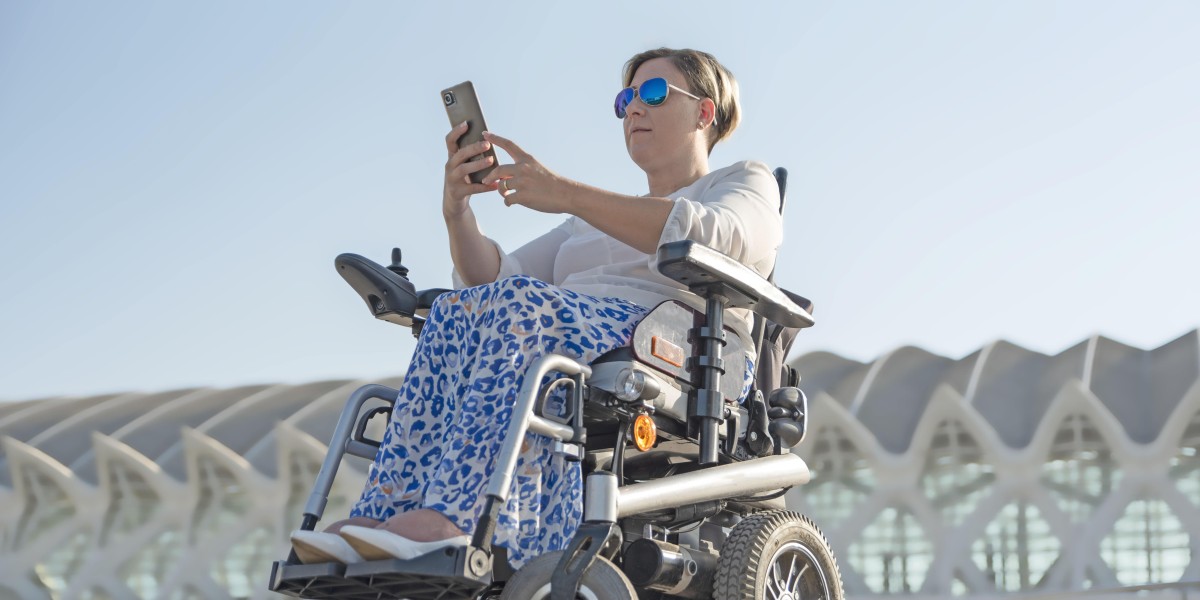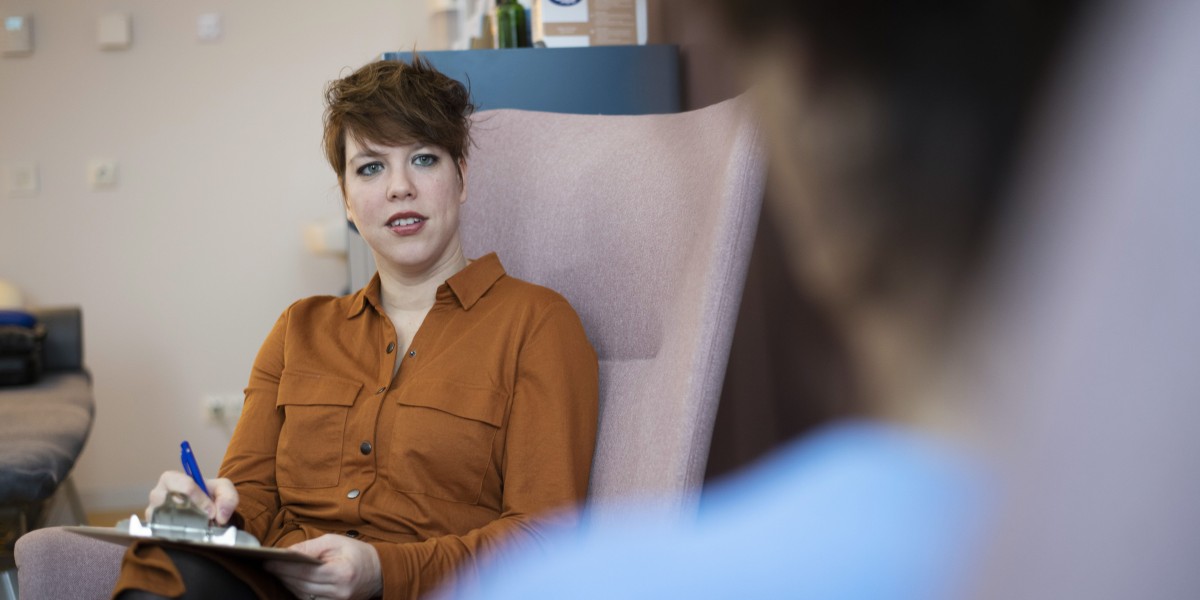Creating high-quality prints or embroidery designs starts with the right artwork, and vector files are the gold standard for achieving crisp, professional results. Whether you’re printing logos on business cards or embroidering designs on hats, converting your artwork to a vector format ensures clarity and versatility across various mediums. This guide explains why vector conversion is essential, how it works for printing and embroidery, and how to get started, making it a must-know process for anyone aiming for top-notch visuals with vector artwork conversion.
What Is Vector Artwork Conversion?
Vector artwork conversion transforms raster images, like JPGs or PNGs, into vector files, such as SVG, AI, or EPS. Unlike raster images, which are pixel-based and can become blurry when resized, vector files use mathematical paths to maintain sharp edges and scalability. For printing, vectors ensure clear, high-resolution outputs. For embroidery, they provide clean outlines for digitizing into stitch-ready files like PES or DST. This process is the foundation for professional-quality results in both fields.
Why Vector Artwork Matters for Printing
Printing demands precision, and vector artwork delivers every time. Here’s why it’s critical:
- Scalability: Vectors stay crisp whether printed on a tiny label or a massive banner, unlike raster images that pixelate when enlarged.
- Sharp Details: Logos, text, and graphics maintain clean edges, ensuring a professional look.
- Color Accuracy: Vectors support precise color profiles, like CMYK, for consistent printing results.
- File Efficiency: Vector files are smaller than high-resolution rasters, making them easier to share and edit.
- Versatility: Use the same vector file for business cards, posters, or signage without quality loss.
For businesses or designers, vectors are a must for polished, scalable prints.
Why Vector Artwork Matters for Embroidery
Embroidery requires a stitch-ready file, and vector artwork is the ideal starting point. Here’s why:
- Clean Outlines: Vectors provide smooth, defined edges that translate easily into stitch paths for digitizing.
- Simplified Designs: Embroidery works best with bold shapes and minimal colors, which vectors handle well.
- Scalability for Hoops: Resize designs to fit different embroidery hoops without losing clarity.
- Easier Digitizing: Vectors streamline the process of creating files like PES or DST, reducing errors.
- Consistency: Ensure logos look identical across multiple embroidered items, like caps or jackets.
Vector conversion sets the stage for flawless embroidery designs.
Tools You’ll Need for Vector Artwork Conversion
To convert artwork to vector format, gather these tools:
- Vector Graphics Software: Adobe Illustrator ($20/month) or CorelDRAW ($500 one-time) are industry standards. Free options like Inkscape work well for beginners.
- Raster Artwork: A high-resolution JPG or PNG to convert into a vector.
- Computer: To run the software and process your files.
- Embroidery Software (for embroidery): Brother PE-Design, Wilcom Hatch ($100–$1,000), or free Ink/Stitch for digitizing vectors into stitch files.
- Printer or Embroidery Machine: Ensure compatibility with your file formats (e.g., EPS for printing, PES for Brother machines).
These tools make vector conversion accessible for both printing and embroidery.
Step-by-Step Guide to Vector Artwork Conversion
Follow these steps to convert your artwork to a vector format using software like Inkscape or Illustrator, tailored for printing or embroidery.
Step 1: Choose a High-Quality Raster Image
Start with a high-resolution JPG or PNG. For printing, any clear image works, but bold designs with distinct colors are best. For embroidery, choose simple logos or graphics with 3–5 colors and no fine details, as embroidery machines struggle with gradients or tiny elements. For example, a bold logo is ideal for both a printed flyer and an embroidered cap.
If the image needs cleanup, adjust contrast or remove backgrounds using free tools like GIMP or Photopea. Save as a JPG or PNG for importing.
Step 2: Import the Image into Vector Software
Open your vector software (e.g., Inkscape or Illustrator) and import the image via “File” > “Import.” For printing, size the image to match your output needs (e.g., business card or poster). For embroidery, resize to fit your hoop, typically 2–4 inches for caps or 5x7 inches for apparel. Use the software’s grid or rulers for precise scaling.
Step 3: Trace the Image to Create a Vector
Convert the raster image to a vector using the software’s tracing tools:
- Auto-Tracing: In Inkscape, use “Path” > “Trace Bitmap” to automatically convert the image into vector paths. Adjust settings like brightness or threshold for cleaner lines. In Illustrator, use “Image Trace” with the “High Fidelity” preset for printing or “Low Color” for embroidery.
- Manual Tracing: For precision, trace the image yourself using the “Pen” or “Bezier” tool. Outline each shape or section, creating smooth paths. This is especially useful for embroidery to ensure clean stitch lines.
- Simplify Colors: For embroidery, reduce colors to 3–5 to match thread limitations. For printing, maintain your color profile (e.g., CMYK).
Auto-tracing is faster, but manual tracing ensures accuracy, especially for embroidery.
Step 4: Refine the Vector Artwork
Clean up the vector file:
- Smooth Edges: Adjust anchor points to eliminate jagged lines.
- Simplify Paths: Remove unnecessary nodes to reduce file size and improve stitch efficiency for embroidery.
- Check Colors: Ensure colors align with your printer’s CMYK profile or embroidery thread chart (e.g., Brother or Isacord).
- Scale Test: Resize the vector to confirm it stays sharp at different sizes.
For embroidery, ensure shapes are bold (at least 1mm wide) to avoid stitch issues.
Step 5: Save the Vector File
Save the file in a vector format:
- For Printing: Use EPS, SVG, or AI for compatibility with print shops.
- For Embroidery: Save as SVG or AI, then import into embroidery software (e.g., Ink/Stitch) to digitize into PES, DST, or EXP.
Verify the file in a viewer or the software to ensure all elements are intact.
Step 6: Digitize for Embroidery (if applicable)
For embroidery, import the vector into software like Ink/Stitch or Brother PE-Design. Assign stitch types (satin for borders, fill for areas), adjust density (0.4–0.5 mm spacing), and add underlay for stability. Save as a stitch file (e.g., PES) and test on scrap fabric.
Step 7: Test the Output
- Printing: Send the vector file (EPS or AI) to your printer or print shop. Test a small print to check color and clarity.
- Embroidery: Stitch the design on scrap fabric with the same stabilizer (cut-away for knits, tear-away for cotton). Check for thread breaks or puckering.
Testing ensures your vector artwork performs perfectly in its final form.
Tips for Successful Vector Conversion
- Start Simple: Use bold, clean designs for easier conversion and better results.
- Match Output Needs: Use CMYK for printing, simplified colors for embroidery.
- Test Scalability: Resize vectors to confirm clarity at all sizes.
- Use Stabilizers for Embroidery: Choose cut-away or tear-away based on fabric.
- Practice Manual Tracing: Auto-tracing is quick, but manual tracing improves precision.
Common Mistakes to Avoid
- Low-Quality Rasters: Blurry JPGs lead to poor vectors. Start with high-resolution images.
- Overly Complex Designs: Too many details complicate printing and embroidery. Simplify first.
- Ignoring Output Format: Use EPS for printing, SVG for embroidery digitizing.
- Skipping Tests: Always test prints or stitches to catch issues early.
DIY vs. Professional Conversion
DIY conversion with free tools like Inkscape is cost-effective but requires time to learn. Professional services ($10–$50 per design) are ideal for:
- Complex designs needing precise paths.
- Time-sensitive projects or bulk orders.
- Specialty outputs like 3D puff embroidery.
Start with DIY for simple designs, then consider professionals for polished results.
Conclusion
Vector artwork conversion is a critical step for achieving professional-quality printing and embroidery. By transforming raster images into scalable, precise vector files, you ensure crisp prints and clean stitches for logos, artwork, or branding. With tools like Inkscape or Illustrator, clear steps, and proper testing, you can master this process for any project. Whether you’re printing flyers or embroidering caps, vector conversion guarantees your designs shine, making every output a reflection of your creativity and professionalism.







